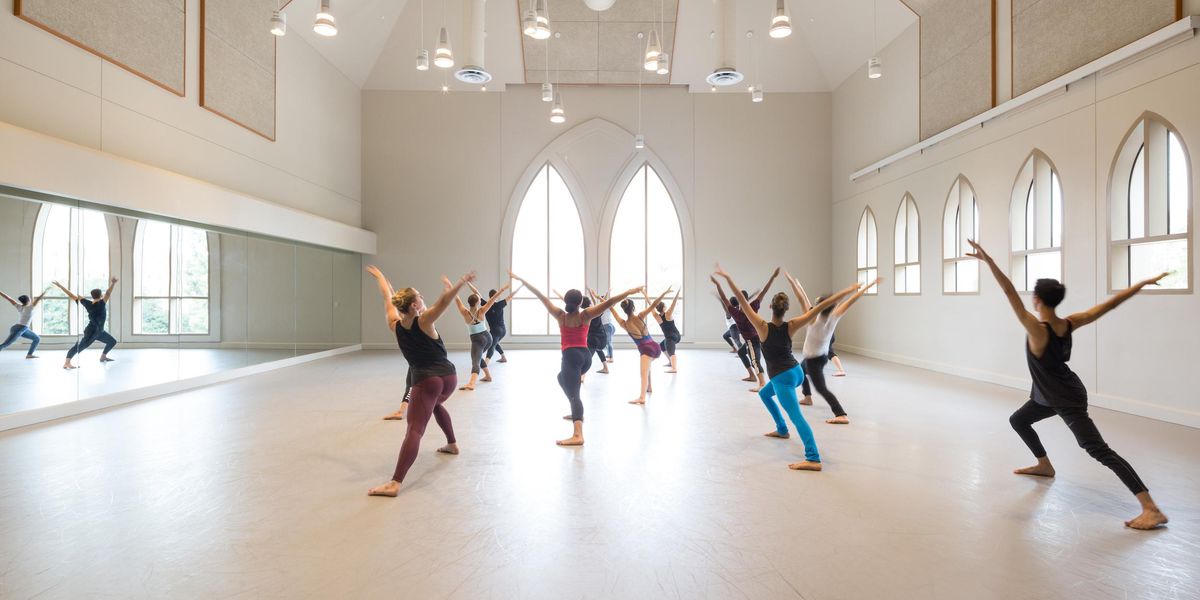Advice for Dancers: When Your Body Breaks Down
What you should know about osteoarthritis, plus how to adjust to life as a pro.
Last year I pulled my hip flexors in class. Physical therapy was useful, although my right hip has never been quite the same. The pain also increased when I eventually returned to performing. My doctor finally sent me for an MRI. The diagnosis is early osteoarthritis!
—Arthritic Dancer, New York, NY
The “A-word” can be a shock for dancers because we tend to think of arthritis as a problem that happens, if at all, after retirement. Yet professional dancers can show the early stages as soon as their late 20s. All dancers should be aware of this possibility, given its association with repetitive stress and working injured. Osteoarthritis is a gradual degeneration of the cartilage in the joints. It’s often asymptomatic at the beginning, so it’s hard to know if the arthritis preceded your injury or was already present. What we do know is that osteoarthritis in the hip, ankle and, to a lesser extent, the knees, tends to progress in spite of treatment. Hence, the need to be vigilant by taking breaks from the usual wear and tear of dance and treating traumatic injuries rather than ignoring them. Once the degenerative process has begun, maintaining muscle strength and range of motion (within your limitations) with physical therapy and Pilates can keep you dancing longer. This is where artistry can also compensate for a decline in technique over time.
I’m finding it incredibly stressful to go from being an advanced student to a paid company member. I’m supposed to know all the parts I understudy but get little or no attention and guidance. I feel invisible. Can you help?
—Mike, Los Angeles, CA
Welcome to the profession! You’ve made a giant leap into your vocation by landing a job. Now the trick is to adapt to your new environment. Unlike a student who gets constant feedback and corrections from teachers, you’re now expected to take responsibility for your own progress. You can make this transition feel less overwhelming by building relationships within the company. For example, it would help if you teamed up with other understudies to run through the choreography before each rehearsal. Likewise, you might ask the dancer you’re shadowing to clarify any confusion about the sequence of steps afterwards. A ballet master or rehearsal director can also provide pointers. Just ask them outside of rehearsals when they aren’t busy. Last but not least, watching dance videos from your rep, alone or with friends, will give you a sense of how the entire piece should look. Never forget that understudies are a crucial component of every production, as you may be thrown onstage at a moment’s notice. The skills you’re learning today will be useful throughout your career.
My wish is to be my absolute best, but I never feel good enough no matter how hard I try. When I was promoted in my touring company, I got rave reviews but felt like a failure. I gave up dance, thinking that was the problem, and went to school. In spite of getting great grades, I still feel inadequate. Maybe I should go back to dancing.
—Never Good Enough, London, England
Perfectionists rarely feel happy with their performance whether in or out of dance. While constructive self-criticism is part of mastering any job, you need to be realistic. Remember that everyone makes mistakes and has bad days. Being aware of these realities is especially important in dance, given that performers typically measure themselves against an unobtainable ideal. In order to find some peace of mind, first make sure your standards are within reach and evaluate your progress in increments over time. Be open to mistakes, as these can often teach you more than a perfect experience would. Finally, although self-doubt may be your constant companion, it doesn’t have to throw you off your game. Many high-achievers doubt themselves even when they’re successful. Those who keep going acquire confidence by acknowledging their numerous accomplishments and looking at obstacles as problems to solve instead of setbacks. It sounds like you are talented both artistically and academically. Once you learn to cope with your perfectionism and determine where your passions truly lie, the sky is the limit.
Send your questions to:
Dr. Linda Hamilton
2000 Broadway, PH2C, New York, NY 10023
email: [email protected]
Former New York City Ballet dancer Linda Hamilton, Ph.D., is a psychologist in private practice, the author of Advice for Dancers (Jossey-Bass) and co-author of The Dancer’s Way: The New York City Ballet Guide to Mind, Body, and Nutrition (St. Martin’s Griffin). Her website is drlindahamilton.com.




